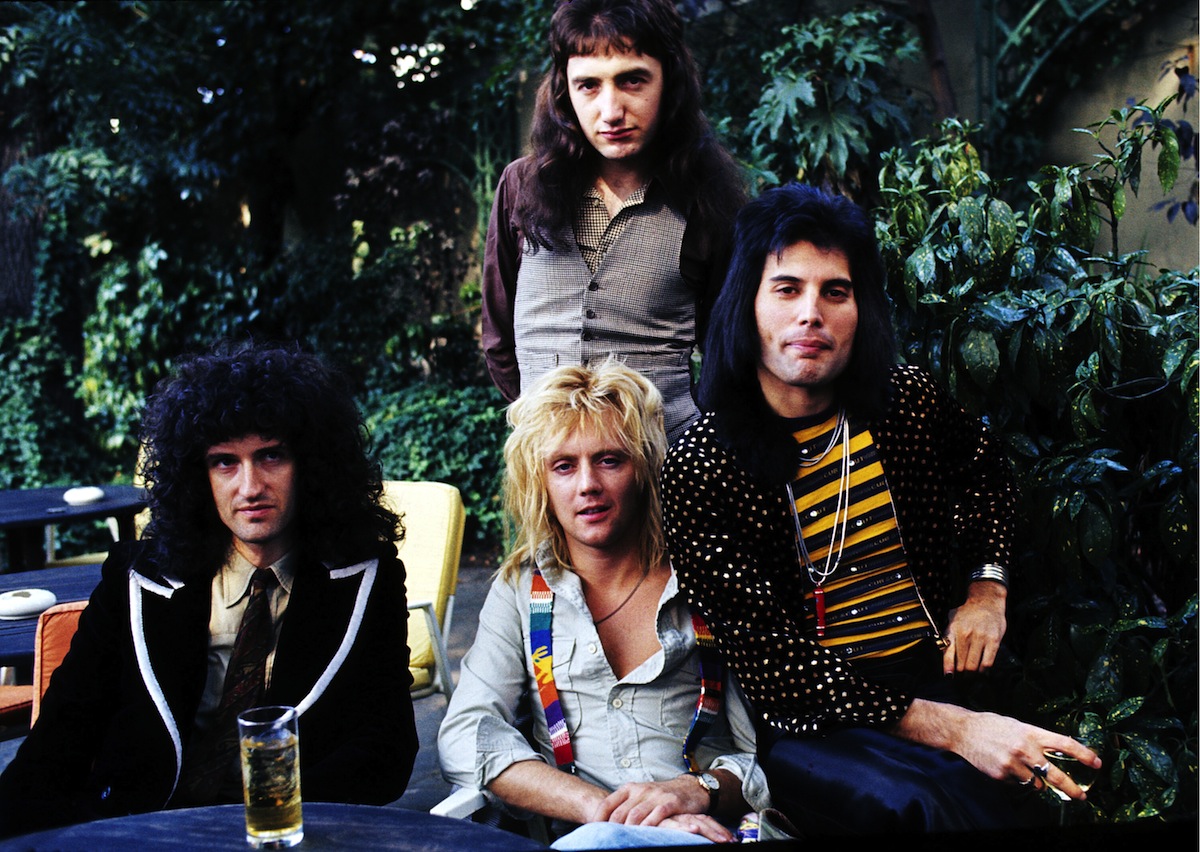
The song “Bohemian Rhapsody”–which was released 40 years ago, Oct. 31, 1975–did not appear destined for the hit parade. It was, in TIME’s words, “a six-minute cut that mingles introspection with Gilbert and Sullivan operatics” by a band with little public profile. Yet it quickly topped the charts in England and propelled Queen on a 21-city U.S. tour.
The critics never saw it coming.
“Unfortunately,” TIME opined, “Queen’s lyrics are not the stuff of sonnets.” The New York Times, reviewing a 1978 appearance at Madison Square Garden came down equally hard: “Lyrically, Queen’s songs manage to be pretentious and irrelevant. Musically, for all the virtuosity—though it was cheating a bit to turn over the complex middle portion of their ‘Bohemian Rhapsody’ to a taped version, with empty stage and flashing lights—the songs still sound mostly pretty empty, all flash and calculation.”
Rolling Stone didn’t mention the song in its review of the album A Night at the Opera (“The Prophet’s Song” got top billing as the best track) but later referred to the song as a “brazen hodgepodge.”
But that skepticism is long gone. Rolling Stone eventually put “Bohemian Rhapsody” on its list of the 500 greatest songs ever, and it also has pride of place on TIME’s own list of the greatest songs since 1923.
Read more about the rise of Queen, here in the TIME Vault: Hail to Queen
Musicians on the Cover of TIME

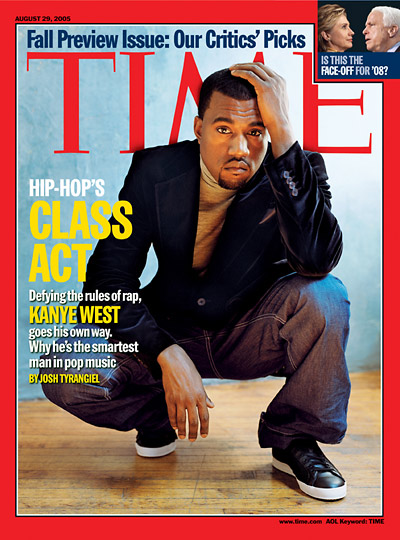
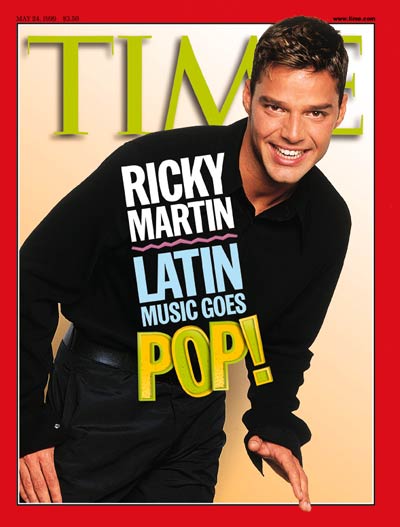
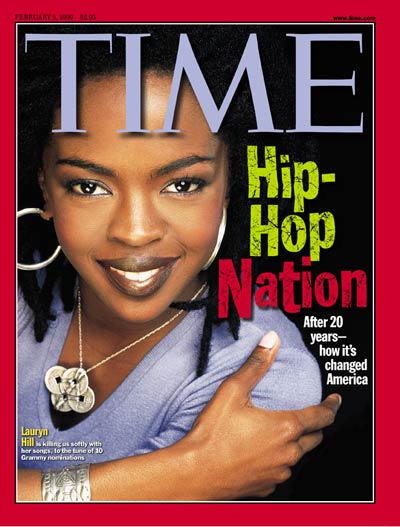
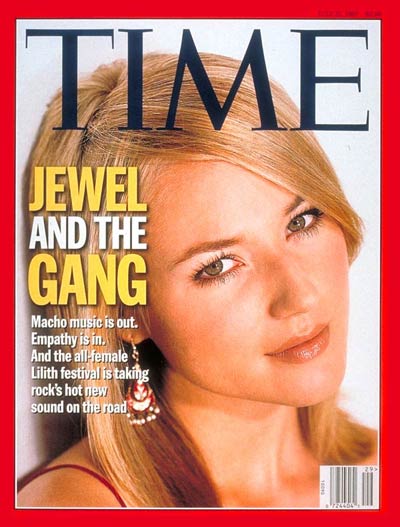
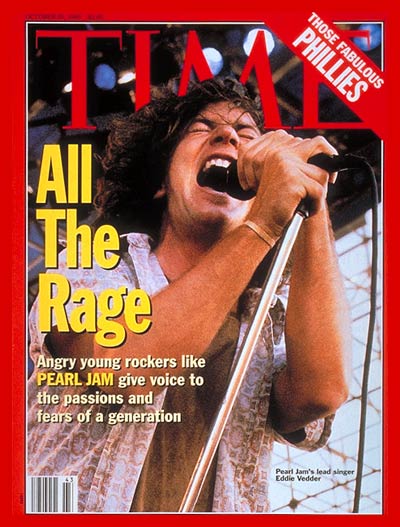
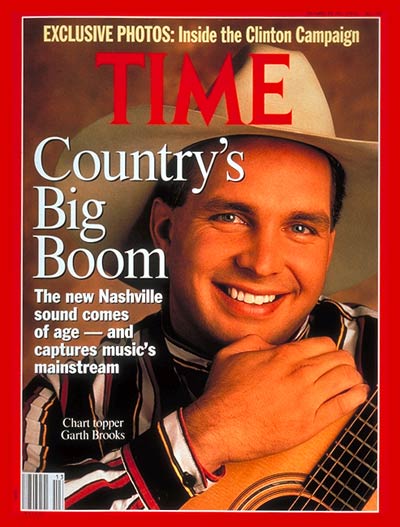
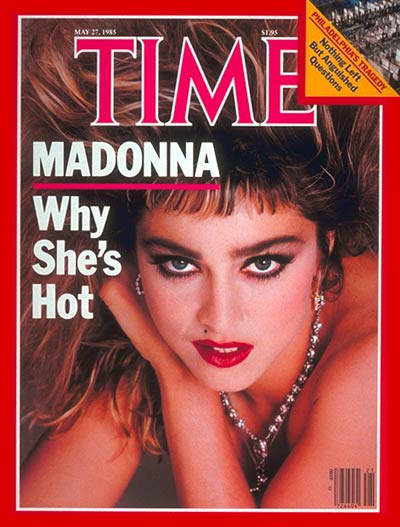
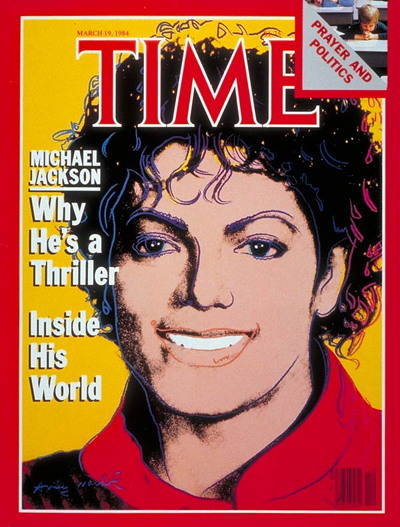
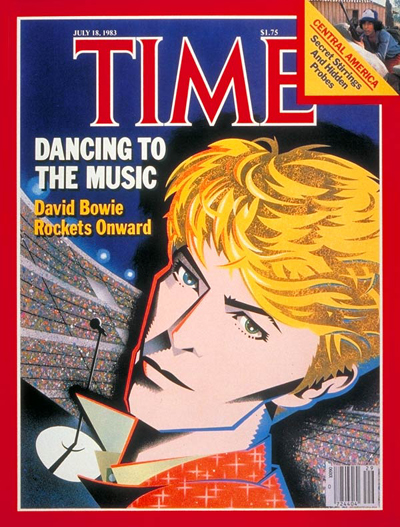
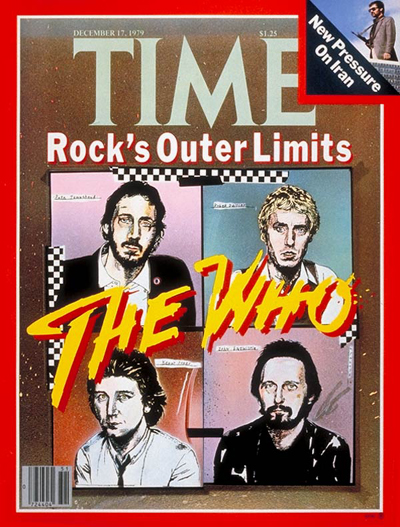
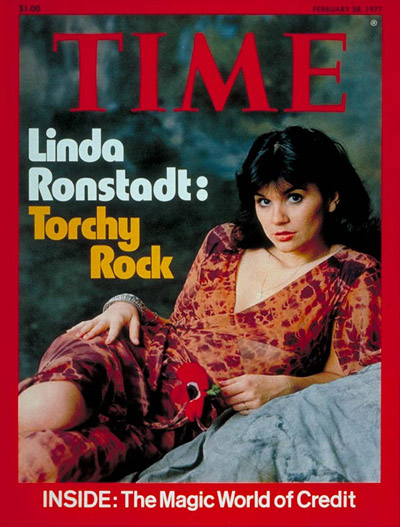
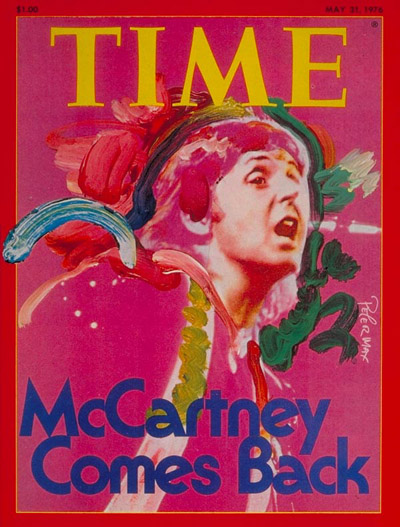
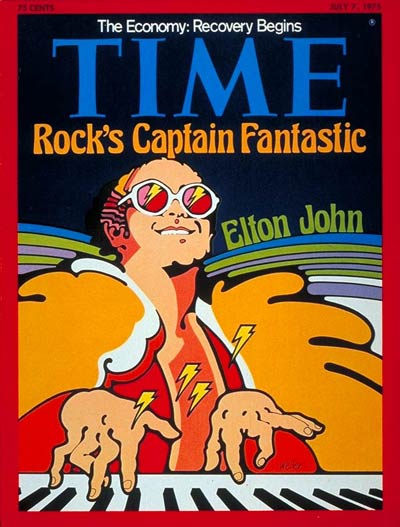
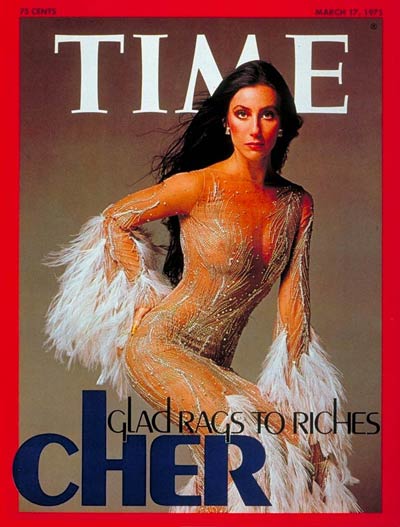
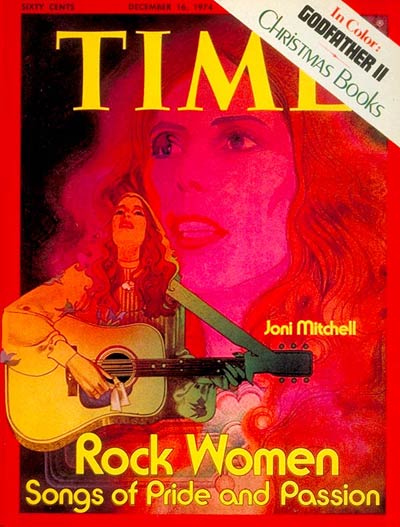
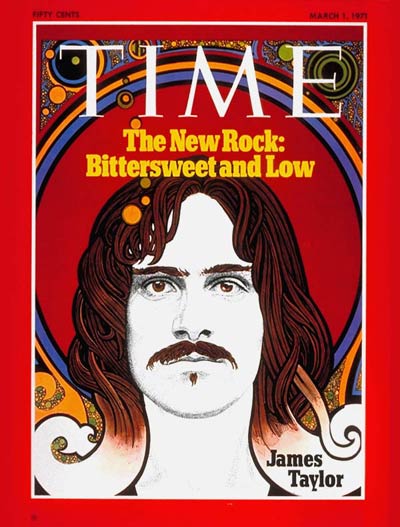
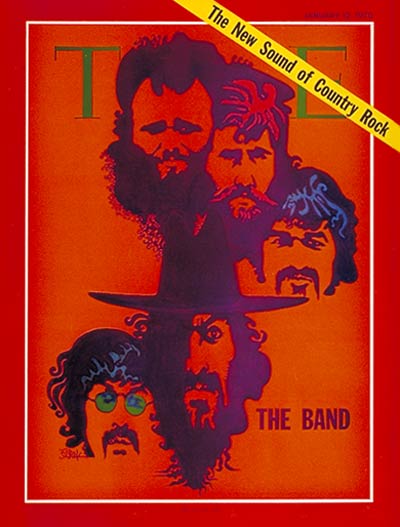
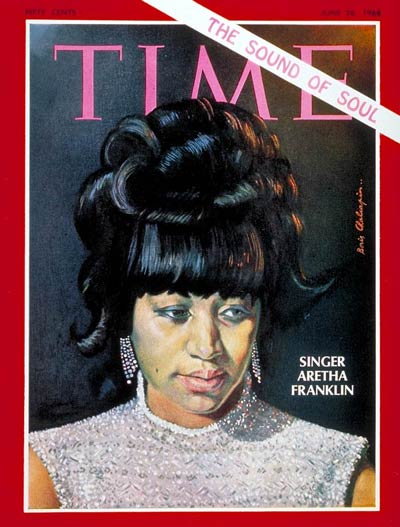
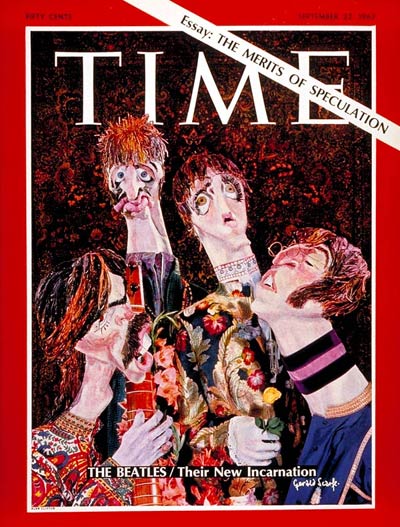
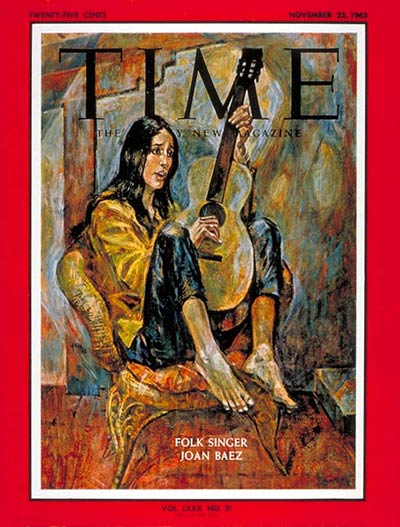
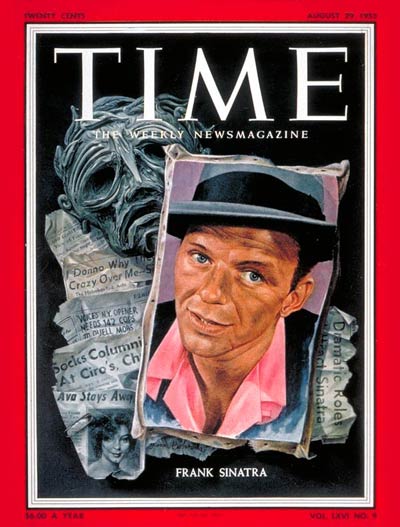
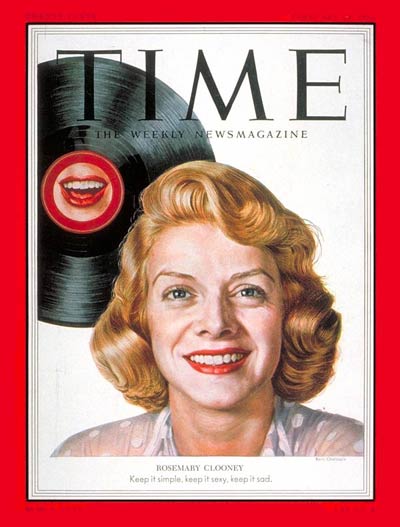
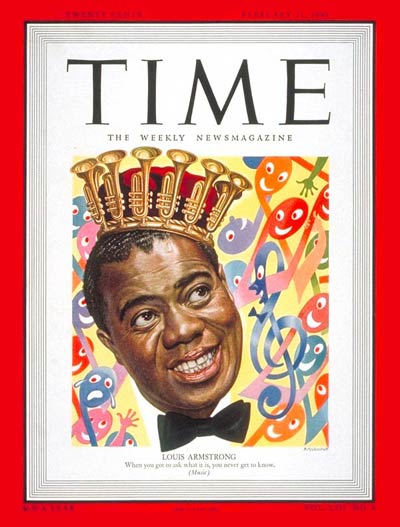
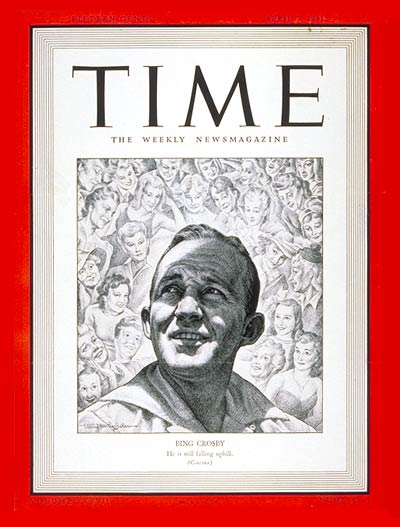
More Must-Reads From TIME
- The 100 Most Influential People of 2024
- Coco Gauff Is Playing for Herself Now
- Scenes From Pro-Palestinian Encampments Across U.S. Universities
- 6 Compliments That Land Every Time
- If You're Dating Right Now , You're Brave: Column
- The AI That Could Heal a Divided Internet
- Fallout Is a Brilliant Model for the Future of Video Game Adaptations
- Want Weekly Recs on What to Watch, Read, and More? Sign Up for Worth Your Time
Write to Lily Rothman at lily.rothman@time.com